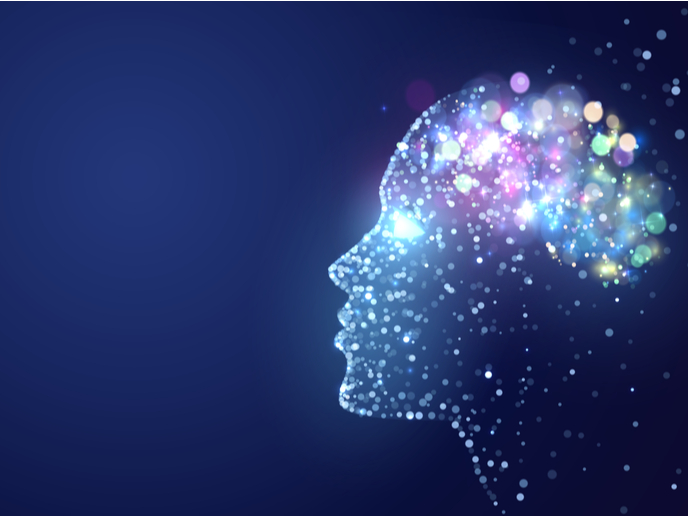Advancing the use of non-anthropomorphic prostheses
Our hands are rather amazing. Thanks to their incredible dexterity, they allow us to manipulate objects and alter our environment. They also play a fundamental role in social interactions. But beyond these extrinsic roles, new research by the EU-funded HANDmade(opens in new window) project suggests that our hands also shape intrinsic and task-evoked brain activity. “This project aimed to demonstrate that the intrinsic brain represents and maintains an internal model of the body, including common movements performed by the hand,” says Viviana Betti(opens in new window), an associate professor in Psychobiology and Physiological Psychology at Sapienza University of Rome(opens in new window) and the project’s lead investigator.
How the brain remembers the hand
Using neuroimaging studies, the project, which received support from the European Research Council(opens in new window) (ERC), tested the idea that the intrinsic activity of the brain (i.e. at rest, without cognitive, motor or sensory tasks) maintains an internal model of the hand and its usage. For example, in one experiment, researchers showed that participants with different levels of performance on a test of manual dexterity exhibit opposite patterns of functional brain connectivity when going from rest to a motor task. “This shows how long-term motor skills and manual dexterity influence the way the motor system responds during movement,” explains Betti. Such findings advance our understanding of how intrinsic connectivity retains relevant behaviour and develops neural biomarkers of pathological behaviour. They also open the door to the possibility of using non-anthropomorphic prostheses to interact with the surrounding environment.
Upper-limb amputees benefit from virtual tool mirroring hand function
In the second phase of the project, researchers investigated whether our behaviour is susceptible to alterations in response to manipulations of the body – and what this could mean for upper-limb amputees. Here, researchers developed an innovative new virtual reality platform that uses electromyography signals to classify muscle activity. The platform was used in a study that saw upper-limb amputees and control participants complete four weeks of motor training using either a virtual hand or a virtual bionic tool. The results of this study are yet to be published, but researchers recently found in the healthy control that the use of a virtual tool directly grafted to the participant’s arm resulted in even better motor performance than what was achieved using the virtual hand. “In other words, the embodiment can be even higher for effectors that are visually far different from the hand so long as the device mirrors the hand’s function,” remarks Betti.
New developments in wearable technology and advanced prosthetics
According to Betti, the HANDmade project has paved the way towards new developments in the field of wearable technology – including advanced prosthetics. “Our research shows how current prosthesis solutions, which focus on mirroring the visual appearance of the lost limb, aren’t always functionally useful for patients,” she adds. In this sense, the HANDmade project represents the start of a paradigm shift – a shift that will ultimately see traditional prosthetic hands be replaced by non-anthropomorphic robotic end-effectors. To continue to drive this shift, project researchers are now turning their attention to the intricate mechanisms of brain plasticity, particularly concerning the profound alterations in body-environment interaction observed in supernumerary limbs, neuroprosthetics and various neurological conditions. “By harnessing the insights gleaned from this project, we aim to enhance our comprehension of neural reorganisation and advance the use of transformative interventions and therapies in the realm of neurorehabilitation and assistive technologies,” concludes Betti.







